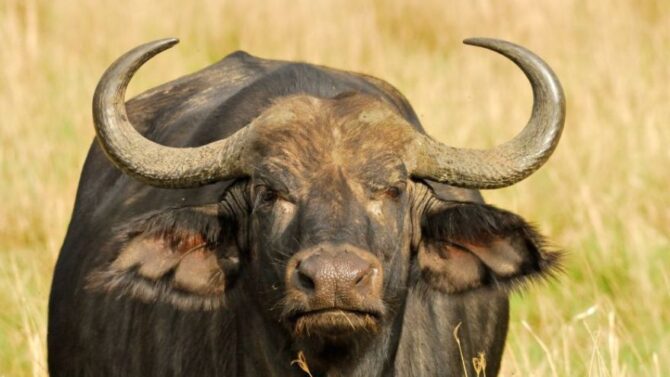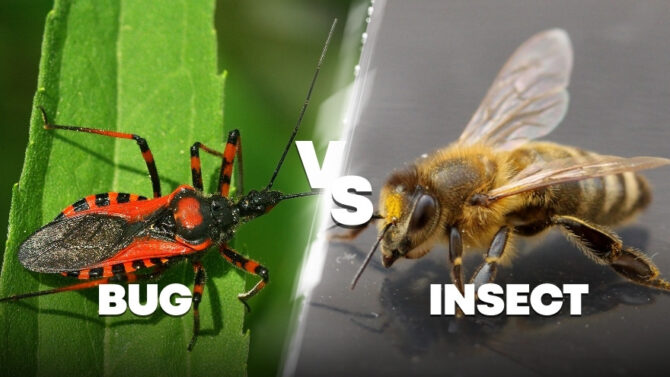Bees are fascinating creatures that play an essential role in our ecosystem. They pollinate plants, which helps to ensure food production.
Much like other friendly creatures in the animal kingdom, bees have their unique qualities and roles that contribute significantly to our environment.
But how long do they live? The lifespan of a bee varies depending on the species and caste.
Queen bees typically live the longest, for up to 2 years. Worker bees live for only a few months, while drones live for only a few weeks.
There are a number of factors that affect the lifespan of a bee, including the climate, the availability of food, and the presence of predators. Those that live in warmer climates tend to have shorter lifespans than bees that live in cooler climates.
Bees that have a plentiful food supply tend to live longer than ones that are food-stressed. Bees that are preyed upon by predators tend to have shorter lifespans.
Queen Bees

Queen bees hold a pivotal role in the bee colony as the sole fertile females. Their primary function is to lay eggs, which eventually develop into worker bees and drones.
The longevity of a queen bee is intriguing. While they have the potential to live up to 2 years, in natural settings, their life rarely exceeds a year. One of the fascinating aspects of queen bees is their unique diet. Unlike other ones, they are exclusively fed royal jelly.
This high-protein substance, crafted by worker bees, is packed with vital nutrients. The benefits of royal jelly are manifold, enhancing the queen bee’s immune system and ensuring her fertility remains optimal.
Worker Bees

When it comes to numbers, worker bees dominate the hive. They shoulder a myriad of responsibilities, from sourcing food and constructing the hive to tending to the queen and her offspring.
However, their lifespan is considerably shorter than that of the queen bee. The life expectancy of worker bees is influenced by the seasons.
During the bustling spring and summer months, their lives are brief, lasting approximately 6 weeks. This is due to the heightened workload.
Conversely, in the more tranquil fall and winter months, their lifespan can stretch up to 9 months. Another factor that plays a role in determining the lifespan of worker bees is their food supply. A bountiful food source can enhance their longevity.
In contrast, those facing food scarcity tend to have reduced lifespans.
Drones
Drones stand out in the bee community as the only males. Unlike their female counterparts, drones are not equipped with stingers, and they play no role in gathering food.
Their singular mission in life is to mate with the queen bee. However, their existence is ephemeral.
After fulfilling their purpose of mating with the queen, drones meet their end, living only for a brief few weeks.
Factors Influencing Bee Longevity
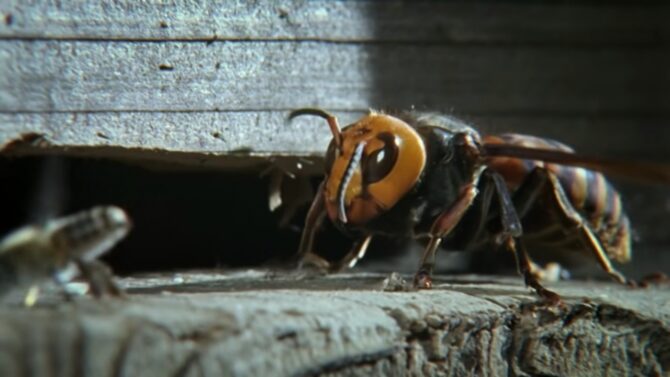
The life expectancy of these anthropodes is a complex interplay of various factors. While it’s true that no two bees experience identical lifespans, certain common elements influence their longevity:
- Climate Impact: The climatic conditions of a region significantly affect a bee’s life. In areas characterized by intense heat, bees often face shorter lifespans. This is attributed to the heightened energy they utilize to maintain their body temperature in such climates. On the other hand, ones living in milder, temperate zones tend to live longer due to reduced thermal stress.
- Nutritional Access: Just as with any living organism, nutrition plays a crucial role in determining a bee’s lifespan. A bee’s access to a rich and varied food source directly correlates with its longevity. This is because they rely on food not just for energy to carry out their daily tasks but also to regulate their internal temperature.
- Threat from Predators: The natural world is fraught with dangers, and bees are no exception. Predatory threats significantly impact their lifespan. Whether it’s being directly hunted down or sustaining injuries that compromise their survival, the presence of predators is a constant challenge.
- Disease Vulnerability: The health of bees is often under threat from various diseases. Some of these, like the colony collapse disorder, don’t just affect individual ones but have the capability to wipe out entire colonies. The susceptibility to such diseases can severely curtail their lifespan.
How to Help Them Live Longer

Given the indispensable role bees play in our ecosystem, it’s imperative to adopt measures that can enhance their longevity. Here are some actionable steps:
- Cultivate Bee-Friendly Flora: Bees rely heavily on flowers for their sustenance, extracting nectar and pollen. Planting flora that attracts bees, such as clover, lavender, and sunflowers, ensures they have a consistent food supply.
- Water Provision: Just like any other creature, bees need water for hydration and cleanliness. By placing a shallow dish filled with water, we can cater to their hydration and bathing needs.
- Steer Clear of Pesticides: Many commercial pesticides are lethal to bees. Opting for organic pest control methods not only safeguards our environment but also protects these vital pollinators.
- Champion Beekeepers: Beekeepers play a pivotal role in maintaining robust bee populations. By supporting their endeavors, we indirectly contribute to the well-being and proliferation of these creatures.
FAQ
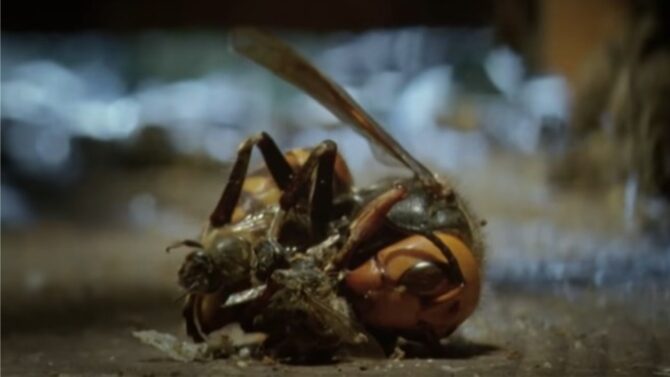
Why do worker bees die after they sting?
When a worker bee stings, it leaves its stinger and venom sac behind. This is because the stinger is barbed and gets stuck in the skin of the victim. The worker bee then dies because it cannot remove its stinger.
What is their future?
The future of these creatures is uncertain. The threats to bee populations are real and they are growing.
However, there is also a lot of hope. There are many people working to protect them, and there are many new technologies that are being developed to help bees.
With our help, bees can have a bright future.
Final Words
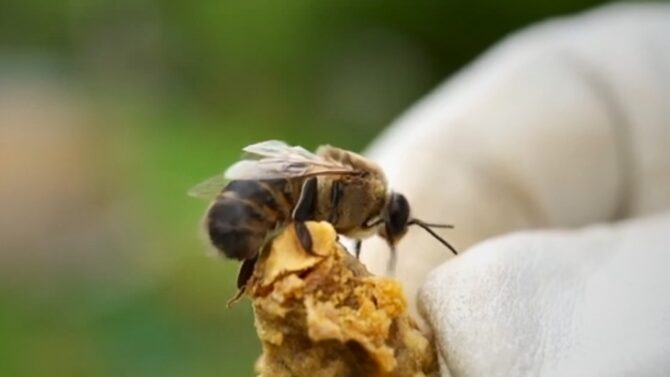
Bees, often overlooked, are paramount to our ecosystem, primarily due to their pollination role, ensuring food production. Their lifespans, however, differ based on their roles: queen bees may live up to 2 years, worker bees a few months, and drones mere weeks.
While bees are known for their pollination, the skies are home to other incredible creatures, like the highest flying birds that have their own unique adaptations.
Various factors, including climate, nutrition, predators, and diseases, influence their longevity. For instance, ones in warmer climates generally have shorter lives, while ample food supply can extend their lifespan.
The unique diets of queen bees, such as royal jelly, further highlight the intricacies of their existence. To support these vital creatures, measures like planting bee-friendly flora, providing water, avoiding pesticides, and supporting beekeepers can be adopted.

